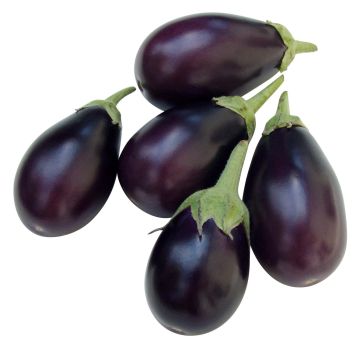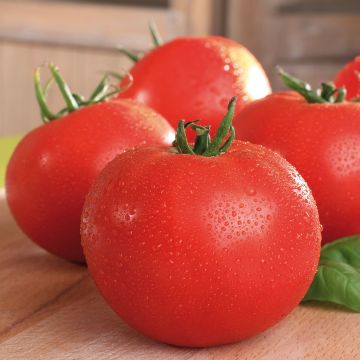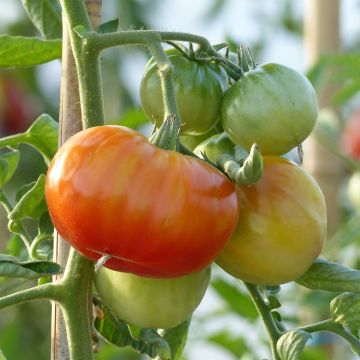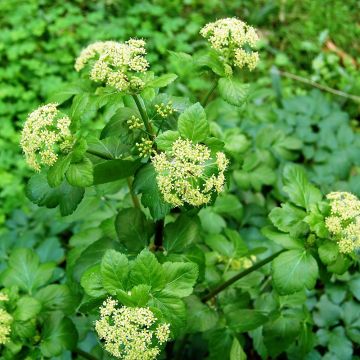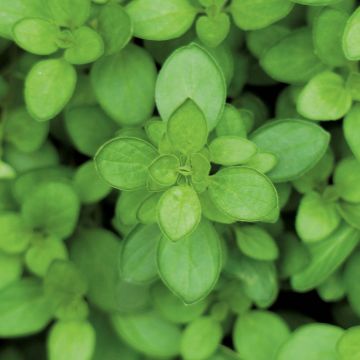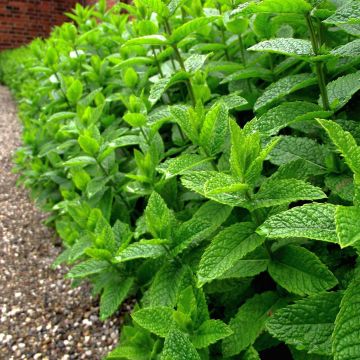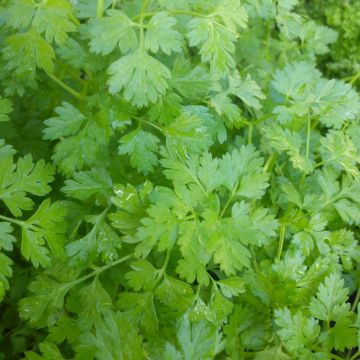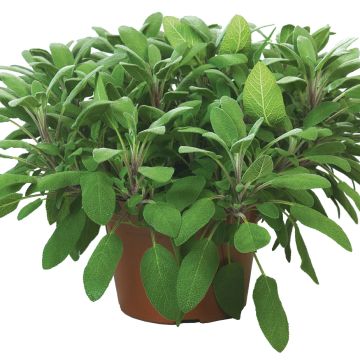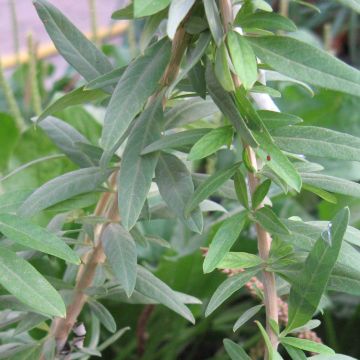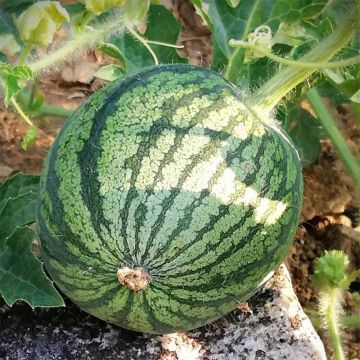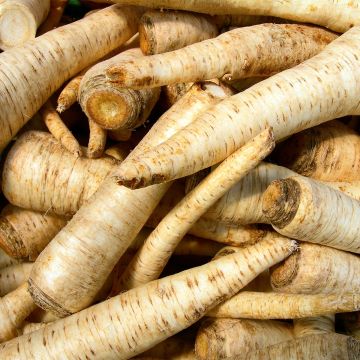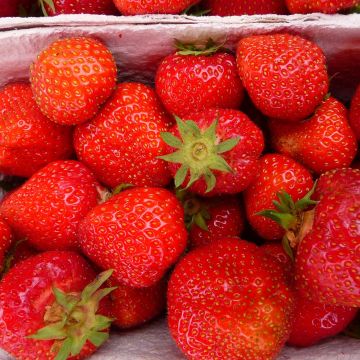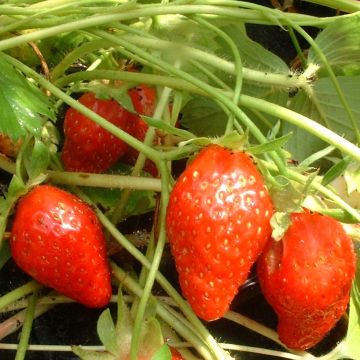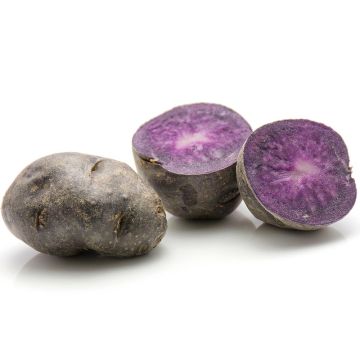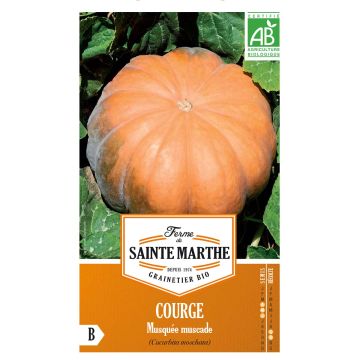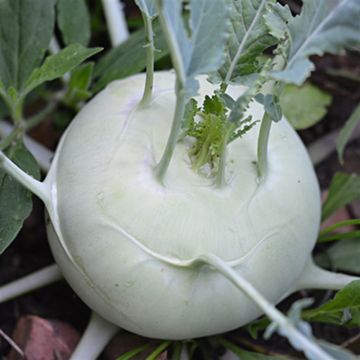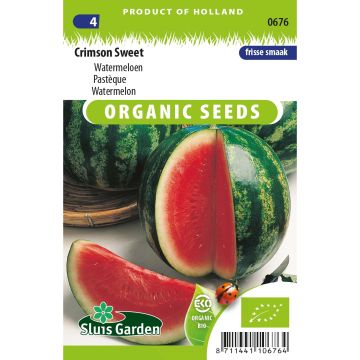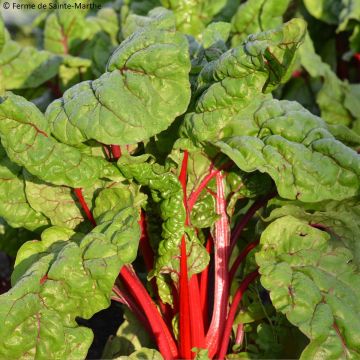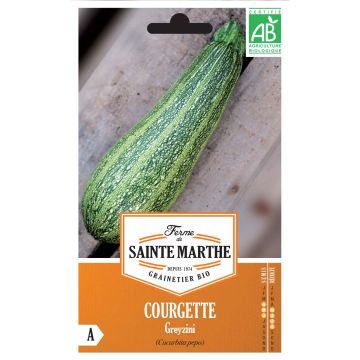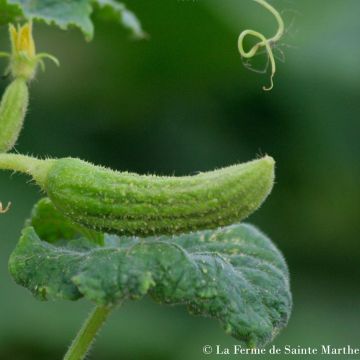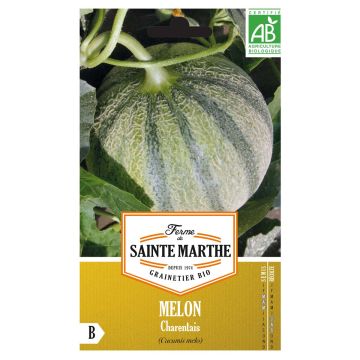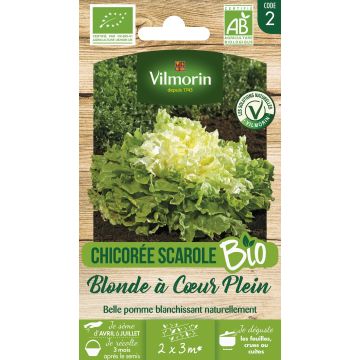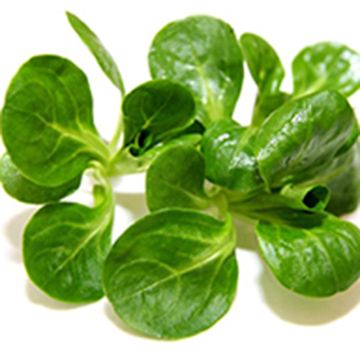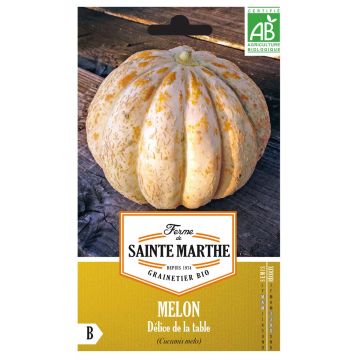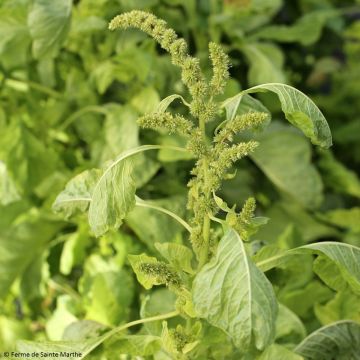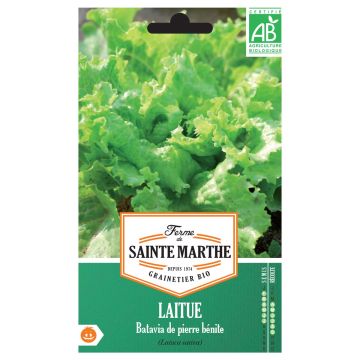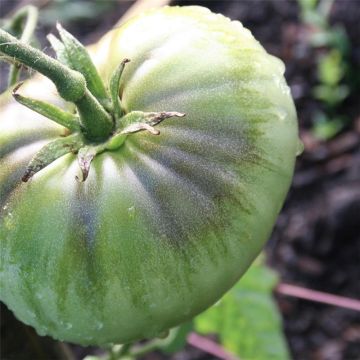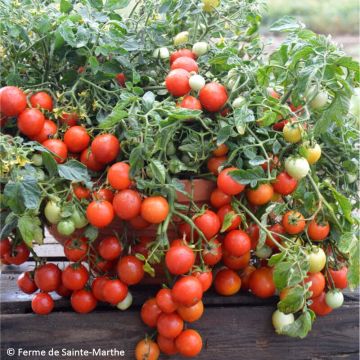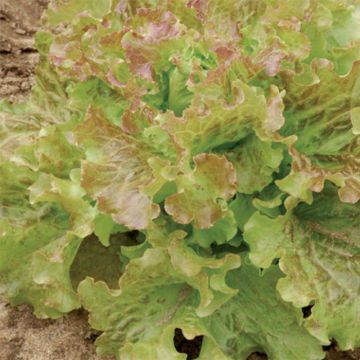Plantfit
Log in / Register
Existing customer?
New customer?
Create an account to track your orders, access our customer service and, if you wish, make the most of our upcoming offers.
My Account
Hello
Shipping country and language
Your country of residence may be:
For a better user experience on our website, you can select:
Your shipping country:
Andorra
Austria
Belgium
Bulgaria
Croatia
Czechia
Denmark
Estonia
Finland
France
Germany
Greece
Hungary
Iceland
Ireland
Italy
Latvia
Lithuania
Luxembourg
Monaco
Netherlands
Poland
Portugal
Romania
Slovakia
Slovenia
Spain
Sweden
Switzerland
Language:
French
English
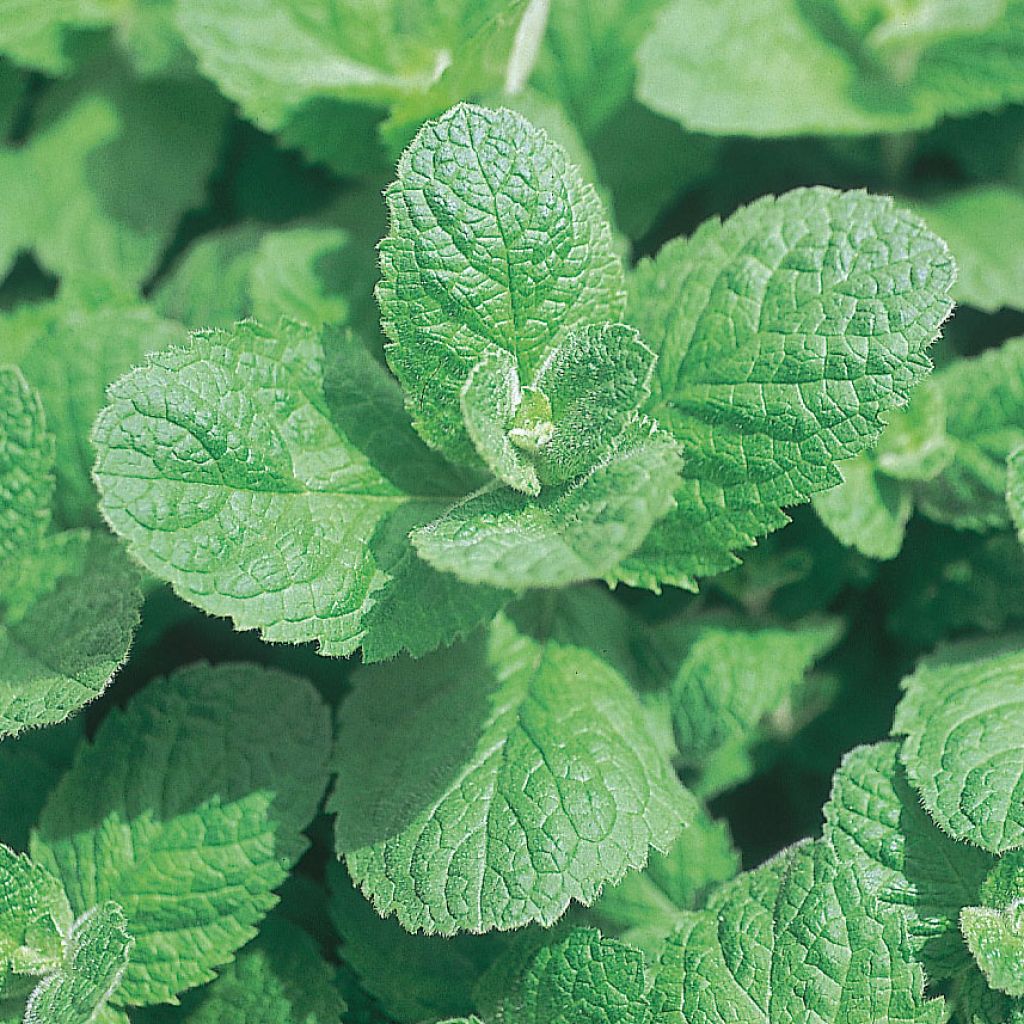

Menthe pomme BIO en plants - Mentha suaveolens Applefruit
Apple Mint
Mentha suaveolens Applefruit
Apple mint, Woolly mint, Round-leafed mint
Completely dried out plant, do not order.
Christine, 02/06/2023
Order in the next for dispatch today!
Dispatch by letter from 3,90 €.
Delivery charge from 5,90 € Oversize package delivery charge from 6,90 €.
More information
This item is not available in your country.
Shipping country:
 Andorra
Andorra Austria
Austria Belgium
Belgium Bulgaria
Bulgaria Croatia
Croatia Czechia
Czechia Denmark
Denmark Estonia
Estonia Finland
Finland France
France Germany
Germany Greece
Greece Hungary
Hungary Iceland
Iceland Ireland
Ireland Italy
Italy Latvia
Latvia Lithuania
Lithuania Luxembourg
Luxembourg Monaco
Monaco Netherlands
Netherlands Poland
Poland Portugal
Portugal Romania
Romania Slovakia
Slovakia Slovenia
Slovenia Spain
Spain Sweden
Sweden Switzerland
SwitzerlandSelect delivery date,
and select date in basket
This plant carries a 6 months recovery warranty
More information
We guarantee the quality of our plants for a full growing cycle, and will replace at our expense any plant that fails to recover under normal climatic and planting conditions.
From 5,90 € for pickup delivery and 6,90 € for home delivery
Express home delivery from 8,90 €.
From 5,90 € for pickup delivery and 6,90 € for home delivery
Express home delivery from 8,90 €.
Description
Apple Mint - Mentha suaveolens 'Applefruit' is a variety of mint with leaves that emit a fragrance reminiscent of green apple. This hardy, perennial herbaceous plant can be grown in the ground or in a pot. It will reach a height of 40 to 60 cm (16 to 24in). Its leaves can be used to flavour desserts and are also delicious when infused in tea or hot chocolate. The plug plants of this variety are produced using organic methods. They should be planted in spring (from April to June) for a harvest from March to October.
Mint is an aromatic bushy plant with highly fragrant foliage. It belongs to the Lamiaceae family, like lemon balm. It is best planted in a partially shaded location but can thrive almost anywhere. It should be grown for two or three years, after that it tends to become less productive. Choose the planting location carefully because mint spreads rapidly thanks to its trailing roots. You can also grow it in a pot, which allows you to control its spread. It is ideal for planting in the vegetable garden as mint is known to repel unwanted garden insects such as aphids, ants, and certain rodents. As for leaf harvest, it can be done throughout the year, mainly from March to October.
There are many varieties of mint, the most well-known being spearmint, peppermint, pennyroyal mint, and lemon mint. Depending on the variety, the leaves will offer a range of aromas. In cooking you can use mint leaves in appetizers and desserts, to flavour salads and raw vegetables, summer grills, yogurt-based sauces, or fruits. The leaves are also delicious when infused in tea or hot chocolate.
Harvest: Harvest the leaves as needed. Choose the largest leaves and cut the entire stem to encourage regrowth. It is best to harvest in the morning to best enjoy the aromatic qualities. If you want to dry the leaves, pick the stems before flowering.
Storage: It is better to use freshly cut leaves. If you are not using the leaves fresh, dry the stems and store the leaves in a tightly closed jar, protected from light.
Gardener's tip: If you want to plant mint in the vegetable garden while limiting its spread, plant it in a pot and bury the pot in the middle of your garden! Choose a large enough pot and divide the clumps regularly, in autumn or spring.
Harvest
Plant habit
Foliage
Planting and care
Plant in spring (from April to June) or at the end of summer (August to September). For best results, choose a partially shady location, although mint can be planted almost anywhere.
First, let the plug plants grow on by transplanting them into trays or 8 to 13 cm (3 to 5in) diameter pots filled with compost. Place them in a warm and bright spot and water regularly.
In the ground: Mint likes rich, fertile, and moist soil. If your soil is poor, add well-rotted compost a few months before planting, by working it into the soil to a depth of 5 cm (2in).
Space the plants 40 cm (16in) apart in all directions. Soak the plug plant in water for a few moments before planting. Dig a hole, place the plug plant, and cover the roots with fine soil. Firm and water to keep the soil moist. Water moderately, mainly in high temperatures.
In a pot: Place a layer of gravel at the bottom of the pot to aid drainage. Fill it with compost, gently place the plug plant, and cover the roots with soil. Firm and water to keep the soil moist. During cultivation, water regularly, about once a week (or more in periods of drought). Repot every year.
At the end of autumn, cut the stems to 10 cm (4in) above the ground to encourage new growth.
Cultivation
Care
Intended location
- , onOrder confirmed
Reply from on Promesse de fleurs
Organic vegetable gardens
Haven't found what you were looking for?
Hardiness is the lowest winter temperature a plant can endure without suffering serious damage or even dying. However, hardiness is affected by location (a sheltered area, such as a patio), protection (winter cover) and soil type (hardiness is improved by well-drained soil).

Photo Sharing Terms & Conditions
In order to encourage gardeners to interact and share their experiences, Promesse de fleurs offers various media enabling content to be uploaded onto its Site - in particular via the ‘Photo sharing’ module.
The User agrees to refrain from:
- Posting any content that is illegal, prejudicial, insulting, racist, inciteful to hatred, revisionist, contrary to public decency, that infringes on privacy or on the privacy rights of third parties, in particular the publicity rights of persons and goods, intellectual property rights, or the right to privacy.
- Submitting content on behalf of a third party;
- Impersonate the identity of a third party and/or publish any personal information about a third party;
In general, the User undertakes to refrain from any unethical behaviour.
All Content (in particular text, comments, files, images, photos, videos, creative works, etc.), which may be subject to property or intellectual property rights, image or other private rights, shall remain the property of the User, subject to the limited rights granted by the terms of the licence granted by Promesse de fleurs as stated below. Users are at liberty to publish or not to publish such Content on the Site, notably via the ‘Photo Sharing’ facility, and accept that this Content shall be made public and freely accessible, notably on the Internet.
Users further acknowledge, undertake to have ,and guarantee that they hold all necessary rights and permissions to publish such material on the Site, in particular with regard to the legislation in force pertaining to any privacy, property, intellectual property, image, or contractual rights, or rights of any other nature. By publishing such Content on the Site, Users acknowledge accepting full liability as publishers of the Content within the meaning of the law, and grant Promesse de fleurs, free of charge, an inclusive, worldwide licence for the said Content for the entire duration of its publication, including all reproduction, representation, up/downloading, displaying, performing, transmission, and storage rights.
Users also grant permission for their name to be linked to the Content and accept that this link may not always be made available.
By engaging in posting material, Users consent to their Content becoming automatically accessible on the Internet, in particular on other sites and/or blogs and/or web pages of the Promesse de fleurs site, including in particular social pages and the Promesse de fleurs catalogue.
Users may secure the removal of entrusted content free of charge by issuing a simple request via our contact form.
The flowering period indicated on our website applies to countries and regions located in USDA zone 8 (France, the United Kingdom, Ireland, the Netherlands, etc.)
It will vary according to where you live:
- In zones 9 to 10 (Italy, Spain, Greece, etc.), flowering will occur about 2 to 4 weeks earlier.
- In zones 6 to 7 (Germany, Poland, Slovenia, and lower mountainous regions), flowering will be delayed by 2 to 3 weeks.
- In zone 5 (Central Europe, Scandinavia), blooming will be delayed by 3 to 5 weeks.
In temperate climates, pruning of spring-flowering shrubs (forsythia, spireas, etc.) should be done just after flowering.
Pruning of summer-flowering shrubs (Indian Lilac, Perovskia, etc.) can be done in winter or spring.
In cold regions as well as with frost-sensitive plants, avoid pruning too early when severe frosts may still occur.
The planting period indicated on our website applies to countries and regions located in USDA zone 8 (France, United Kingdom, Ireland, Netherlands).
It will vary according to where you live:
- In Mediterranean zones (Marseille, Madrid, Milan, etc.), autumn and winter are the best planting periods.
- In continental zones (Strasbourg, Munich, Vienna, etc.), delay planting by 2 to 3 weeks in spring and bring it forward by 2 to 4 weeks in autumn.
- In mountainous regions (the Alps, Pyrenees, Carpathians, etc.), it is best to plant in late spring (May-June) or late summer (August-September).
The harvesting period indicated on our website applies to countries and regions in USDA zone 8 (France, England, Ireland, the Netherlands).
In colder areas (Scandinavia, Poland, Austria...) fruit and vegetable harvests are likely to be delayed by 3-4 weeks.
In warmer areas (Italy, Spain, Greece, etc.), harvesting will probably take place earlier, depending on weather conditions.
The sowing periods indicated on our website apply to countries and regions within USDA Zone 8 (France, UK, Ireland, Netherlands).
In colder areas (Scandinavia, Poland, Austria...), delay any outdoor sowing by 3-4 weeks, or sow under glass.
In warmer climes (Italy, Spain, Greece, etc.), bring outdoor sowing forward by a few weeks.
